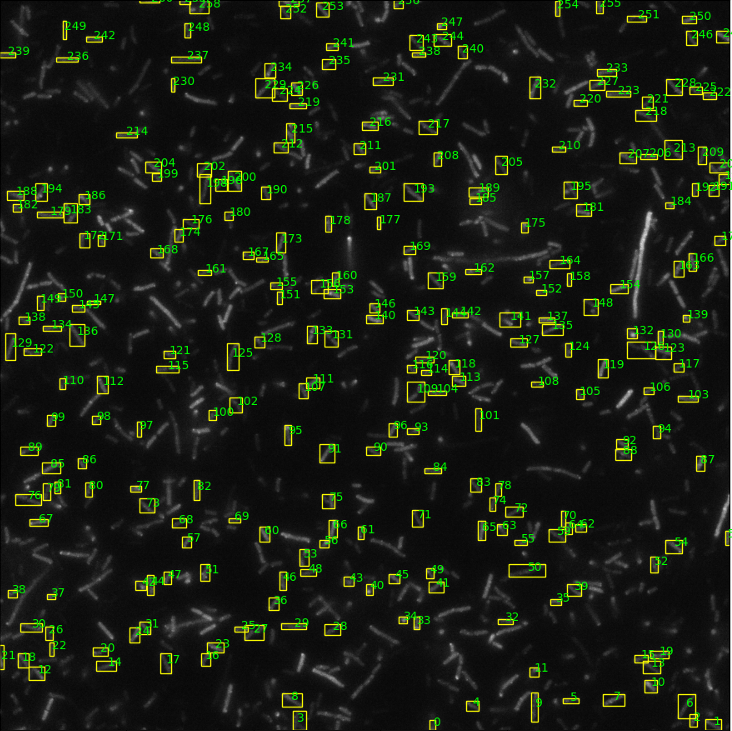FBS Colloquia No.383Laboratory of Nano-Biophysics
| Seminar or Lecture |
Multicellular Analysis of Receptor Activity in E. coli cells Using High-Throughput Analysis of microscopic movie Hajime Fukuoka [Associate Professor, Laboratory of Nano-Biophysics] / Yo-ichi Kuroki [Graduate Student, Laboratory of Nano-Biophysics] |
|---|---|
| Date and Time | 13 May 2025 (Tue), 12:15~13:00 |
| Place | 2F Seminar Room, BioSystems Building |
| Language | Japanese |
| Contact |
Hajime Fukuoka (Associate Professor) |
Multicellular Analysis of Receptor Activity in E. coli cells Using High-Throughput Analysis of microscopic movie
E. coli cell senses extracellular chemicals through polar-localized receptors and swims toward favorable environments (attractant response) and escapes from unfavorable environments (repellent response). This phenomenon is called chemotaxis. E. coli achieves chemotaxis by controlling the rotation direction of its flagella in response to stimuli. Additionally, E. coli has the ability to reset its chemotaxis signaling system and respond again to the same stimulus. This property is known as adaptation. Adaptation is achieved through feedback control of receptor methylation levels by the receptor demethylase CheB and the receptor methylase CheR in response to the received stimulus.The CheB is known to localize to receptor clusters at the cell poles, and we found that the amount of localization reflects the activity of the receptor cluster (Fukuoka et al. 2024 Sci. Adv.). We are trying to quantitatively analyze the degree and duration of E. coli receptor activation in response to the intensity and frequency of stimuli, monitoring changes in CheB localization. To efficient measurement and analysis, we developed a high-throughput analysis system that can simultaneously analyze hundreds of cells in the same field of view. In this colloquium, we will discuss the algorithm of this high-throughput analysis system and the results obtained from it, including the quantification of E. coli's repellent response to multiple repellent stimuli.

